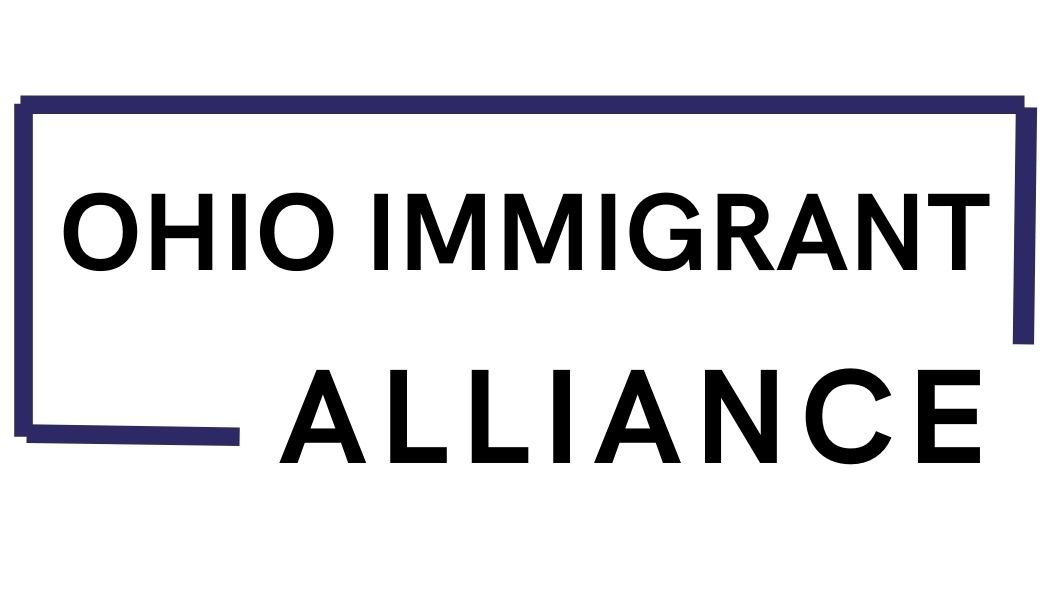Report Methodology
Research Design
In our study, we combined quantitative and qualitative methods— a Mixed Methods Study Design—to truly dig into the challenges faced by Black migrants throughout and beyond immigration court proceedings. This approach helped us uncover fresh insights, evidence, and recommendations during our research journey.
Data Collection and Analysis
Quantitative Analysis. We analyzed state and federal government data in three key ways:
Descriptive Analysis: Studied immigration court cases, judges, and trends nationwide and in Ohio, specifically focusing on claimants from African and African Diaspora nations.
Comparative Analysis: Compared bond denial rates, case processing, asylum, and representation between claimants from African and African Diaspora nations and other groups to identify potential biases.
Geographical Analysis and Mapping: Mapped the distribution of immigration court cases involving Black immigrants across Ohio, unveiling spatial patterns.
Qualitative Analysis. We delved into the experiences of Black migrants, attorneys, and advocates using:
Semi-Structured Virtual Interviews: Gathered insights into their immigration court experiences and views on anti-Black bias.
Asynchronous Voice Message Recordings: Collected reflections and insights of deported participants via a secure app, overcoming geographical barriers to include their perspectives.
Qualitative Data Collection Timeline: We collected qualitative data between January and July 2023, adjusting our approach to accommodate interviewees across borders.
We utilized a combination of Open, Axial, and Selective coding in our qualitative data analysis. This approach allowed us to identify patterns, themes, and emerging theory in the data, guided by Grounded Theory. Through this rigorous analysis, we aimed to uncover new knowledge and insights that would inform our findings.
Ethical Considerations
Throughout the research process, we adhered to ethical principles, ensuring informed consent, confidentiality, and data protection for all participants. We upheld ethical guidelines and regulations to protect the rights and privacy of those involved in the study.
